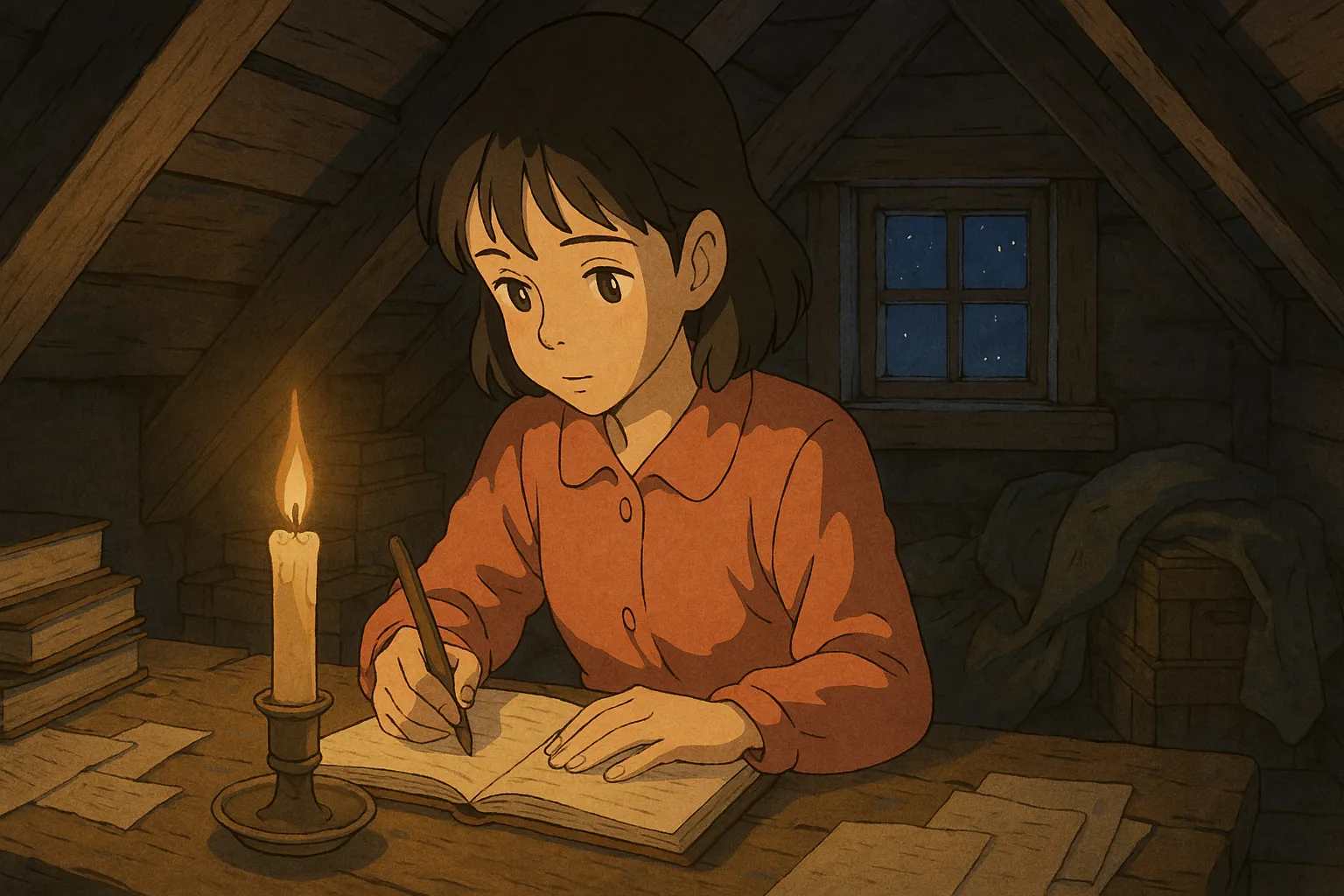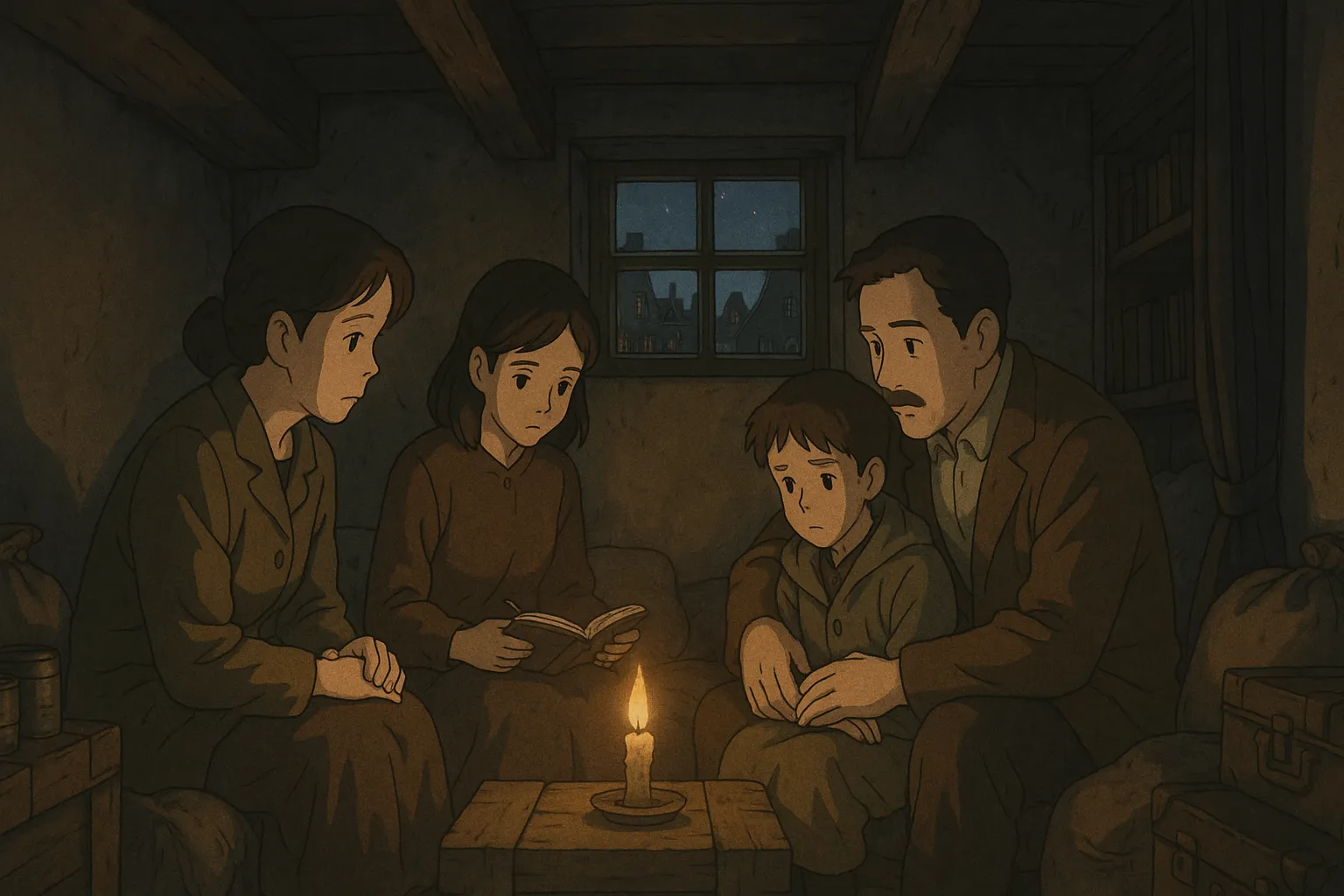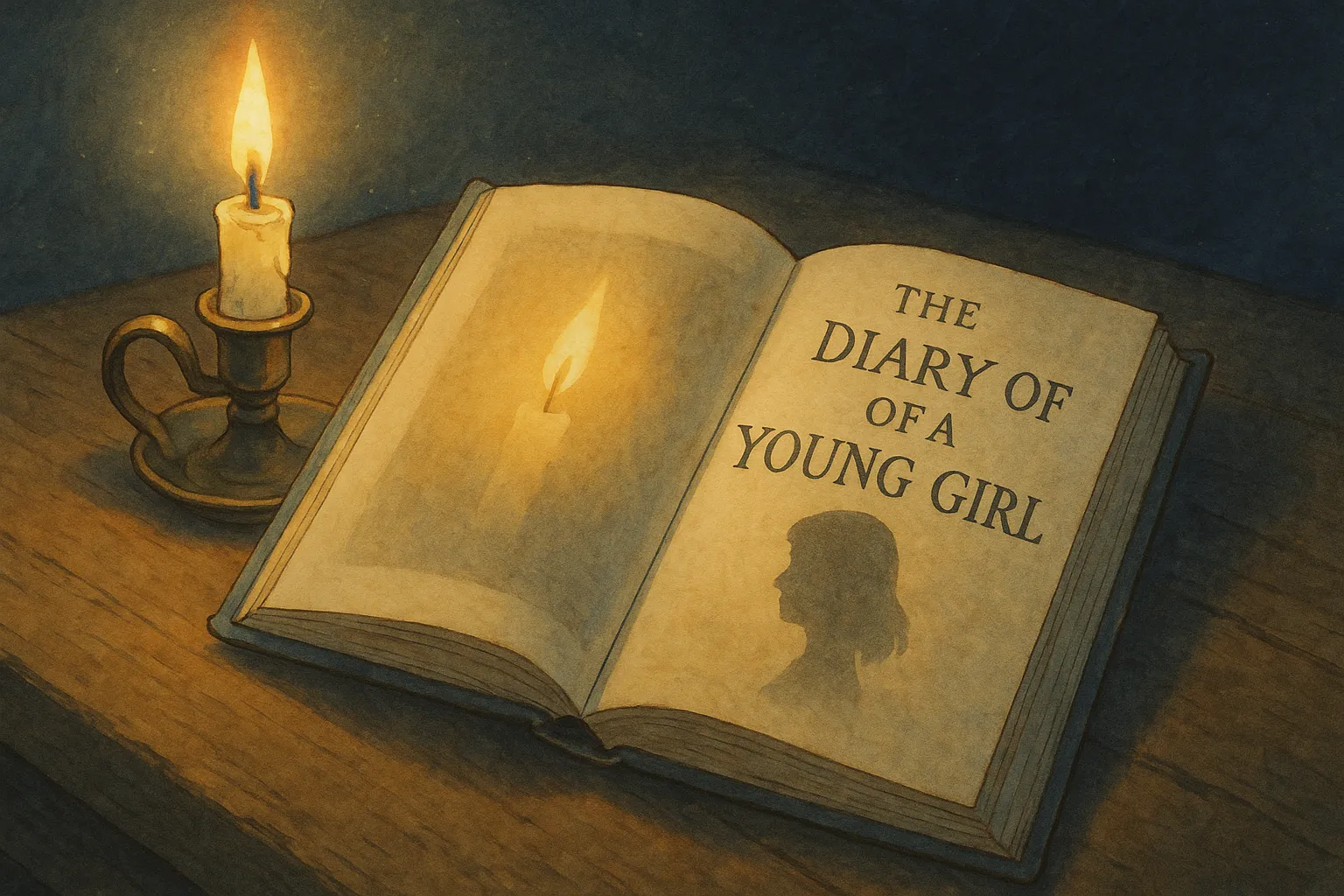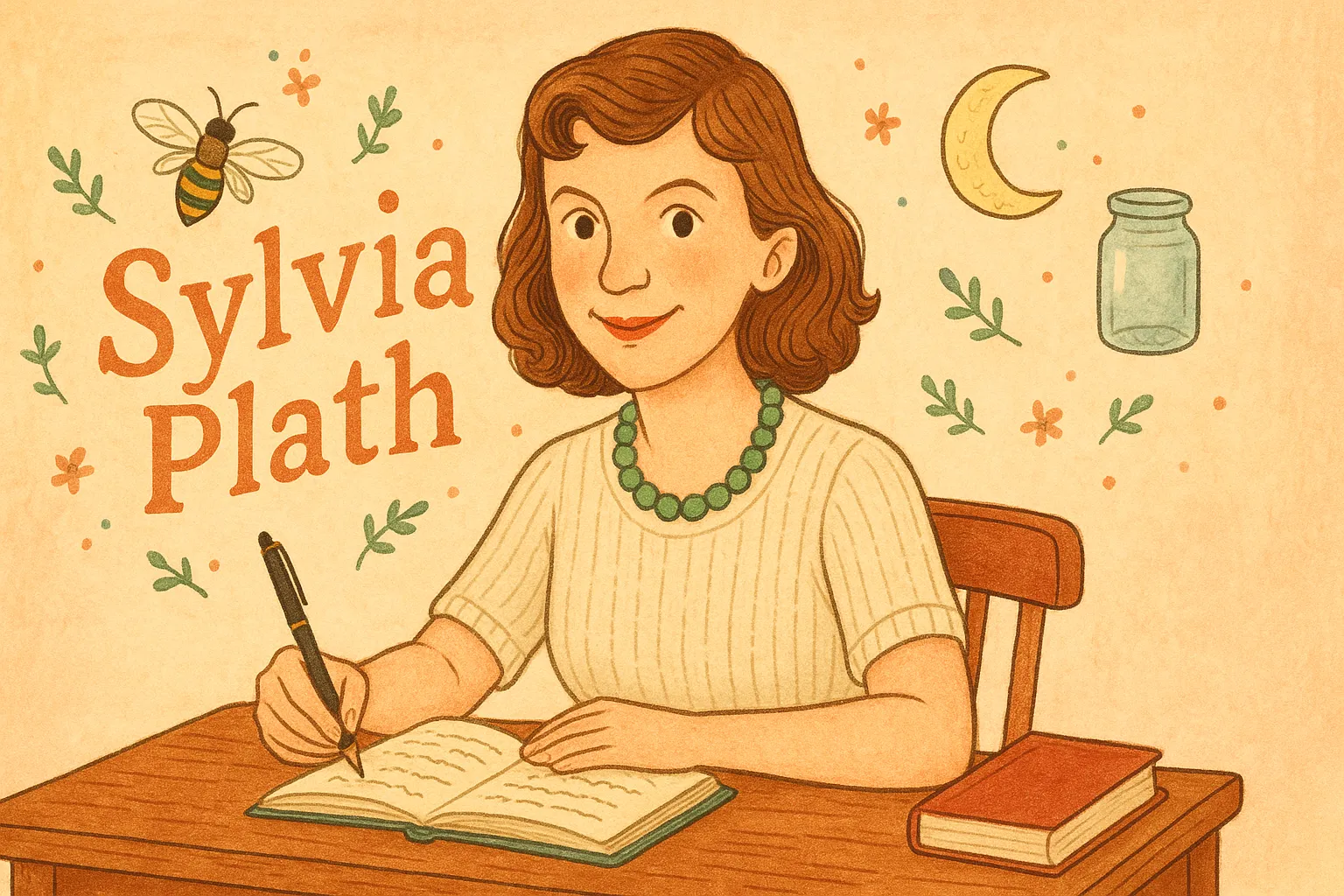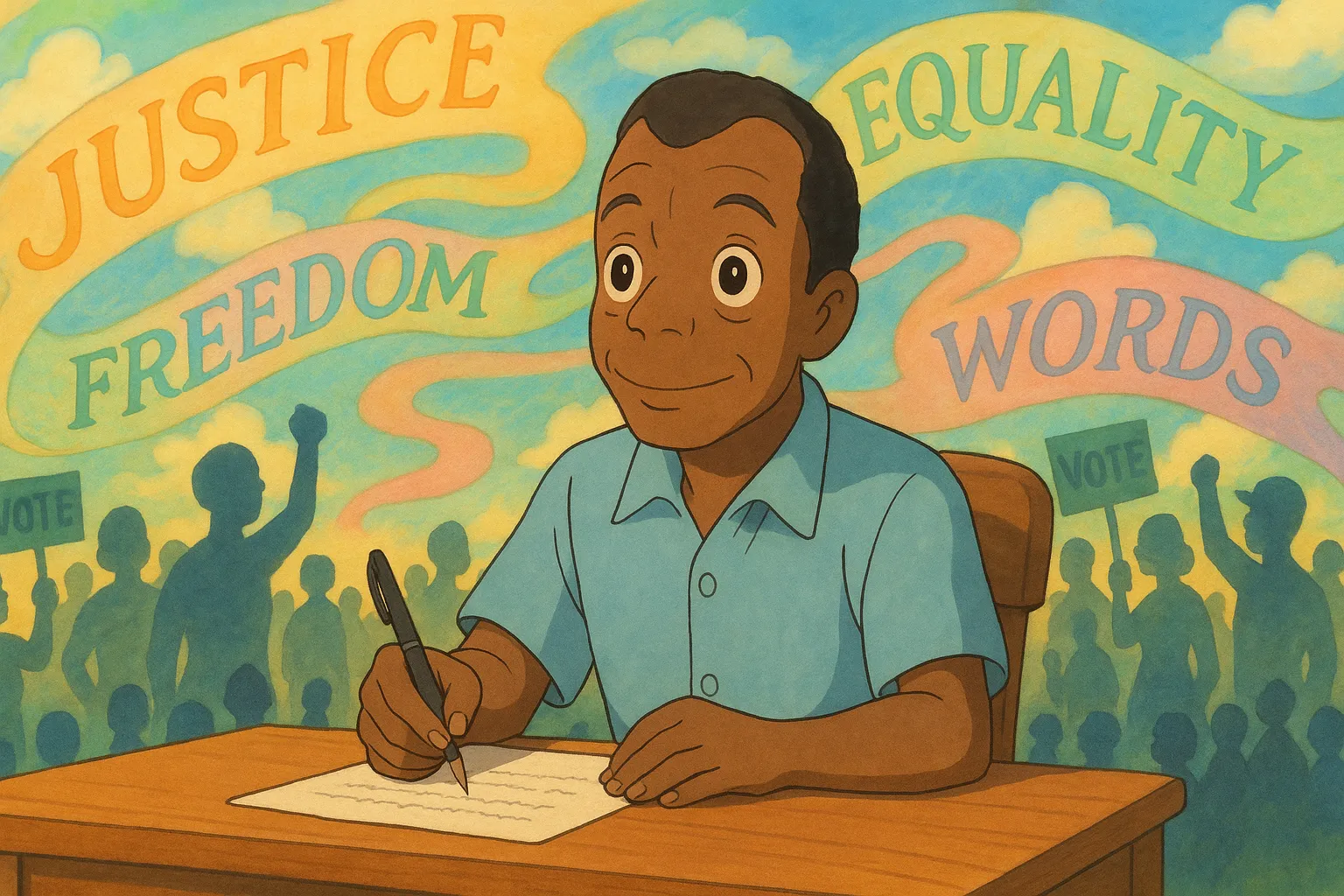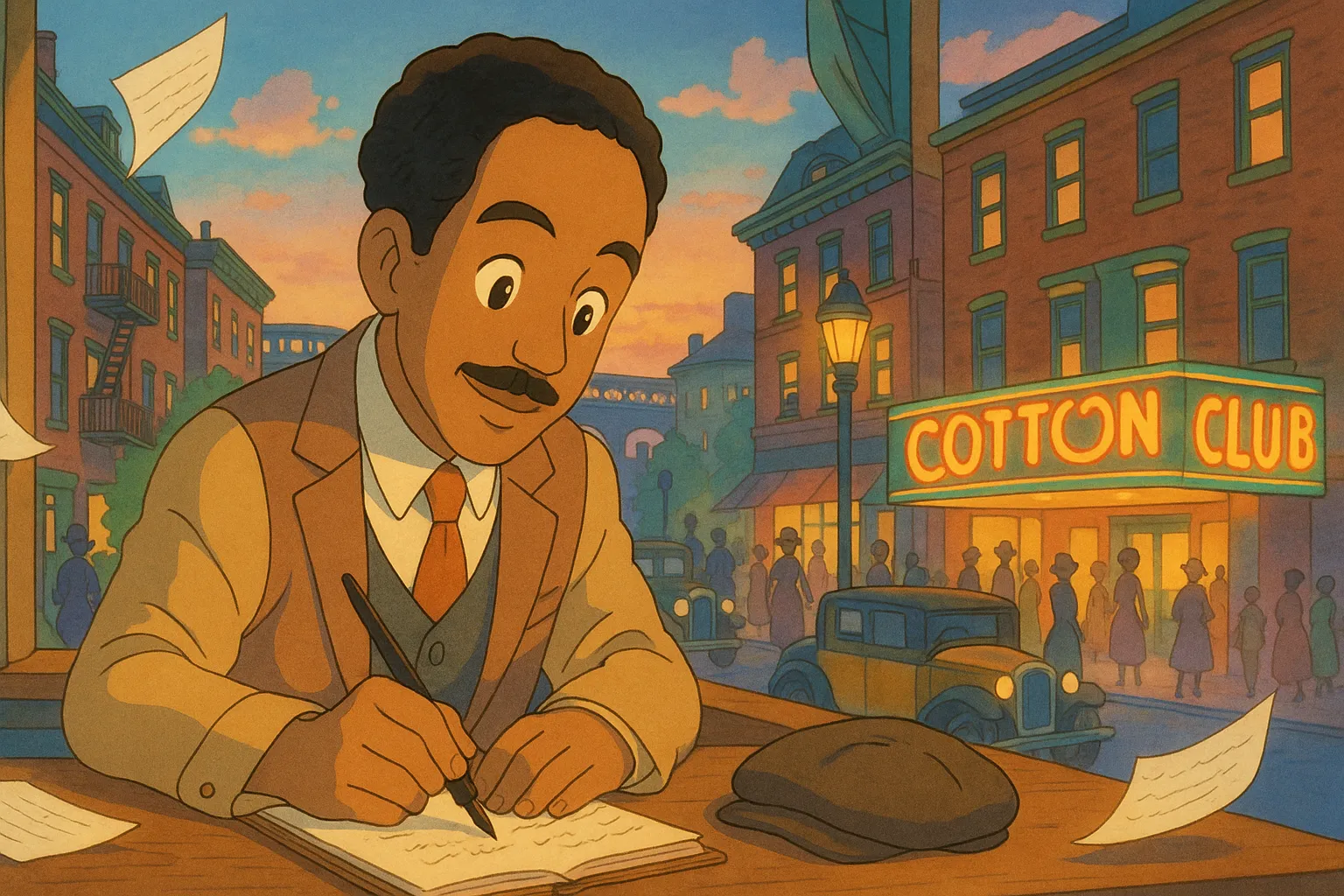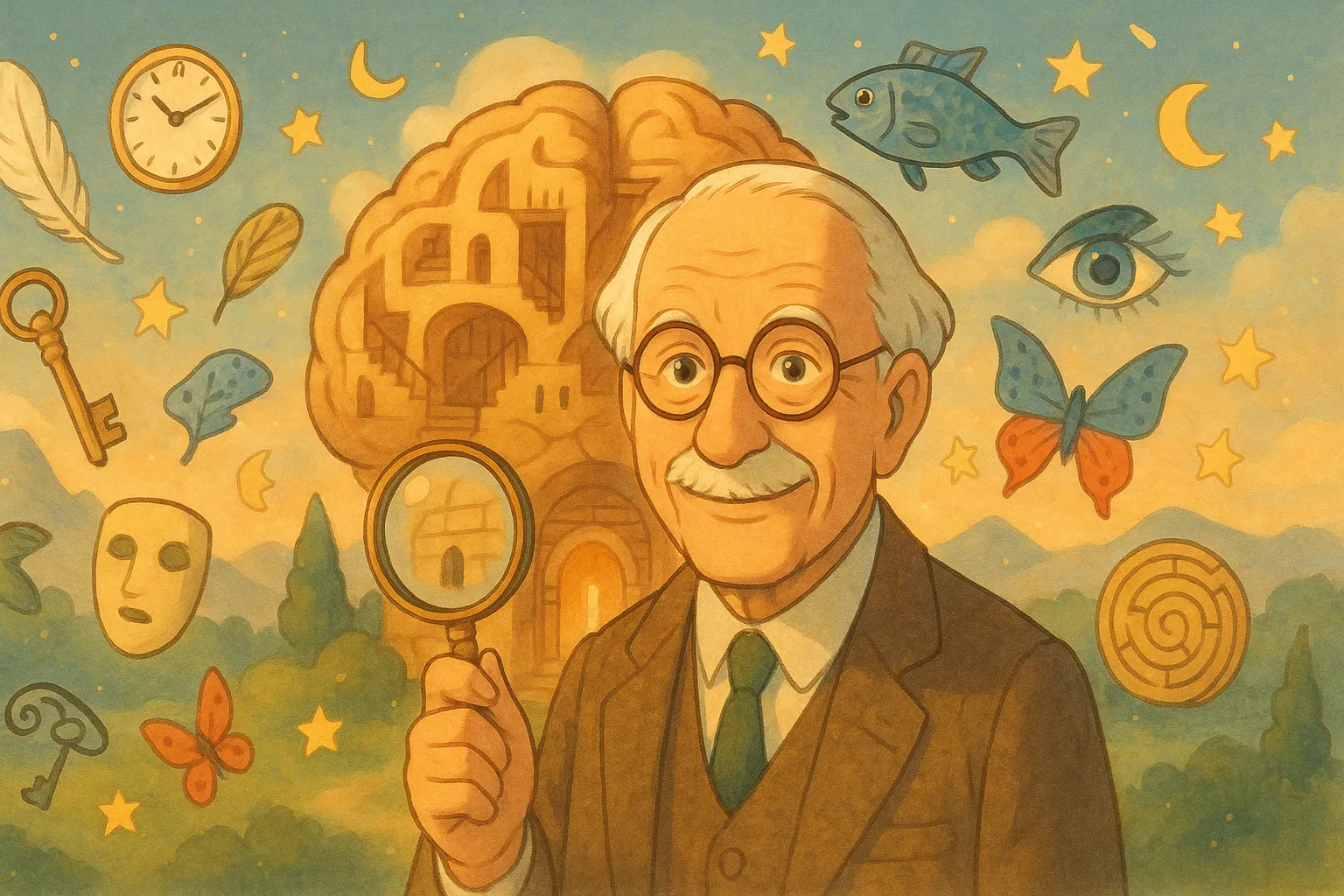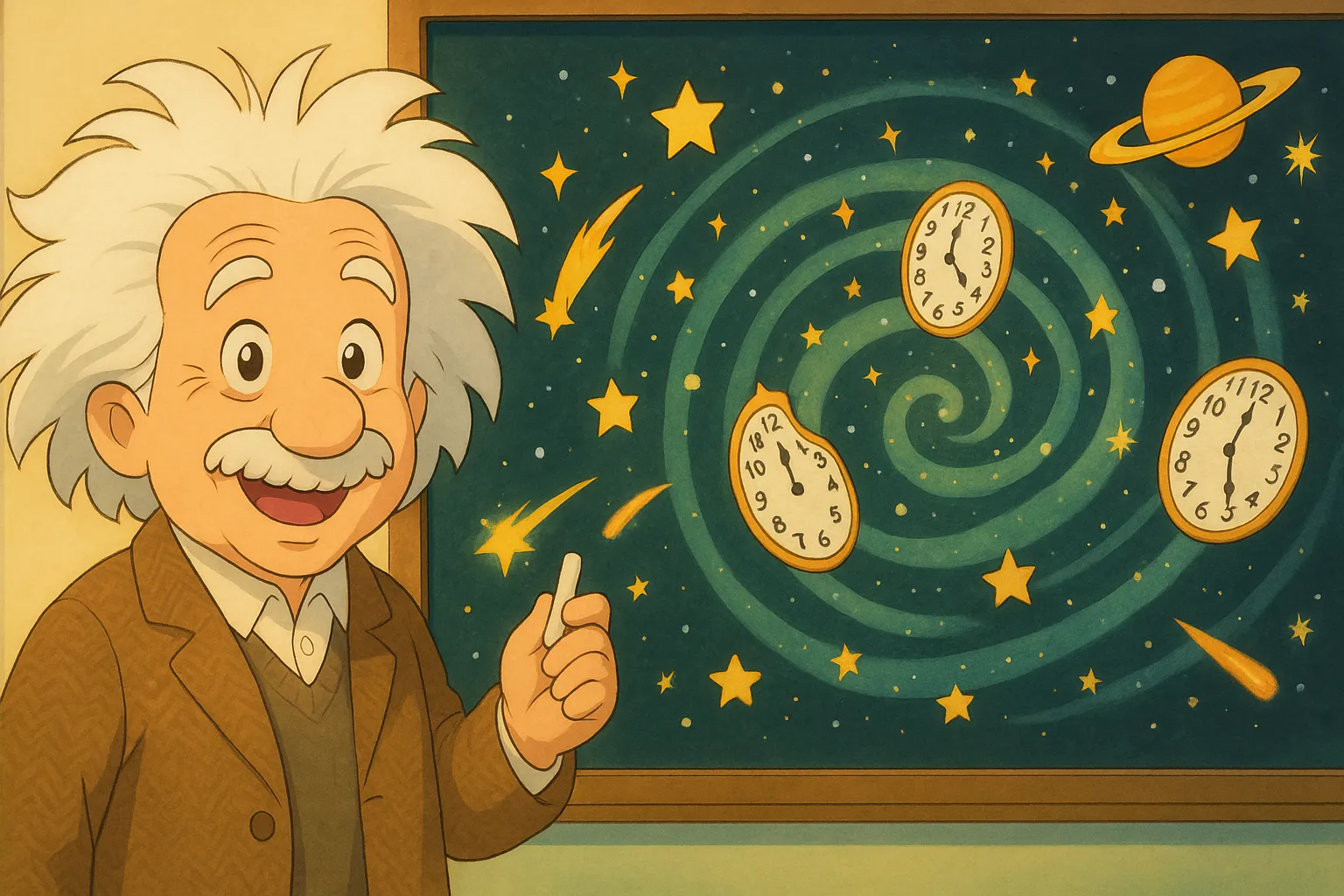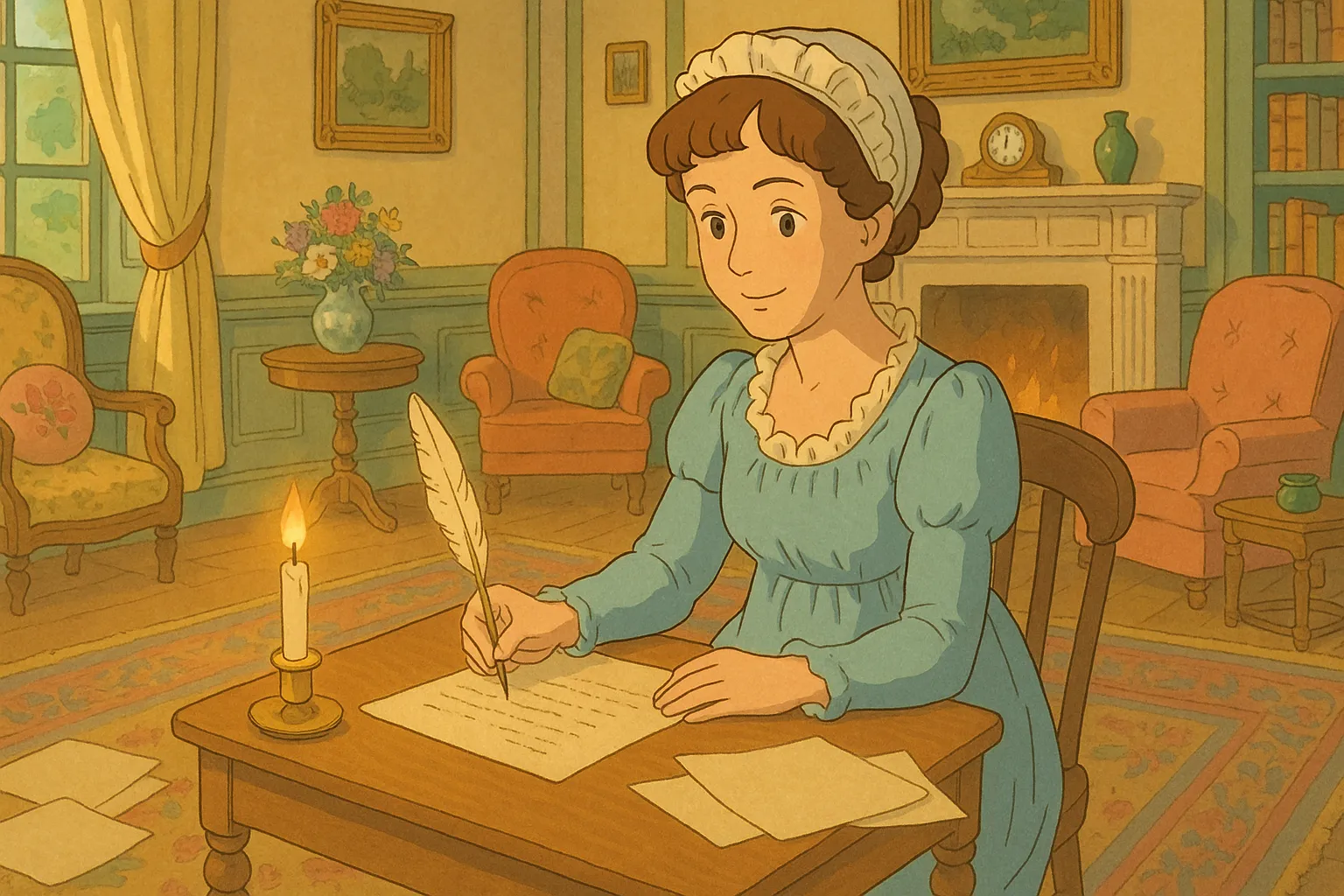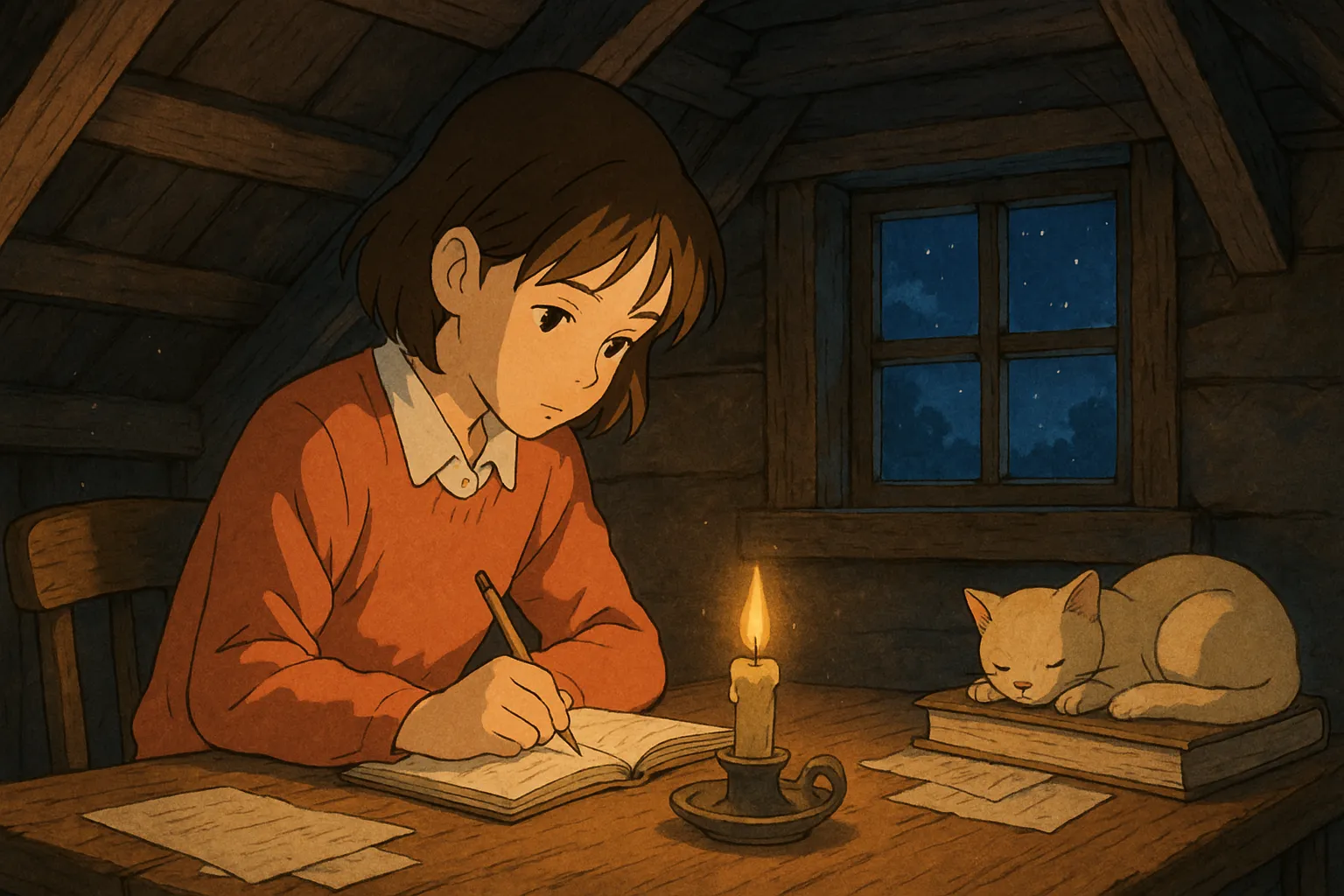
Frequently Asked Questions
Where can I see Anne Frank’s original diary?
The original manuscripts were preserved after the war and are held in the Netherlands; many of the originals are on permanent loan and displayed at the Anne Frank House museum in Amsterdam.
Who helped hide Anne Frank and her family?
Several Dutch helpers sheltered the family in the annexe, including Miep and Jan Gies, Victor Kugler, Johannes Kleiman and Bep Voskuijl, who provided food, news and moral support.
How did Anne address her diary entries?
Anne wrote to an imaginary friend she called "Kitty," using the name as a confidante to organize her thoughts and speak candidly about her feelings and experiences.
Did anyone in Anne’s family survive the Holocaust?
Anne’s father, Otto Frank, was the only immediate family member to survive the camps. Her mother Edith and sister Margot died before the war ended.
How did the diary survive after the family was arrested?
When the annex was raided, Miep Gies collected and kept Anne’s papers safe. After the war she gave them to Otto Frank, who later arranged for their publication.
Is the diary genuine or has it been disputed?
The diary’s authenticity has been confirmed by historians and forensic researchers. Claims by deniers have been thoroughly refuted and the work is accepted as Anne’s own writing.
Did Anne revise her diary or plan to publish it?
Yes. While in hiding Anne began editing and reworking entries with the intention of publishing a book after the war, showing she hoped to become a professional writer.
How many languages has Anne’s diary been translated into?
The diary has been translated into many languages worldwide — well over 70 — making it one of the most widely read personal accounts from the Holocaust.
Are there books, films or plays based on Anne’s diary?
Yes. The diary inspired stage plays, films and many books, including a famous 1950s stage adaptation and a 1959 film, helping spread Anne’s story globally.
